7 Reasons To Avoid Rubbing Ice On Face
Using ice on the face has become a popular beauty trend, with many believing it can reduce puffiness, minimise pores, and give a youthful glow.
)
Ice can be too harsh for the sensitive skin on your face. Applying it directly can cause redness, irritation. The sudden change in temperature might damage your skin’s natural barrier, leading to dryness and peeling.
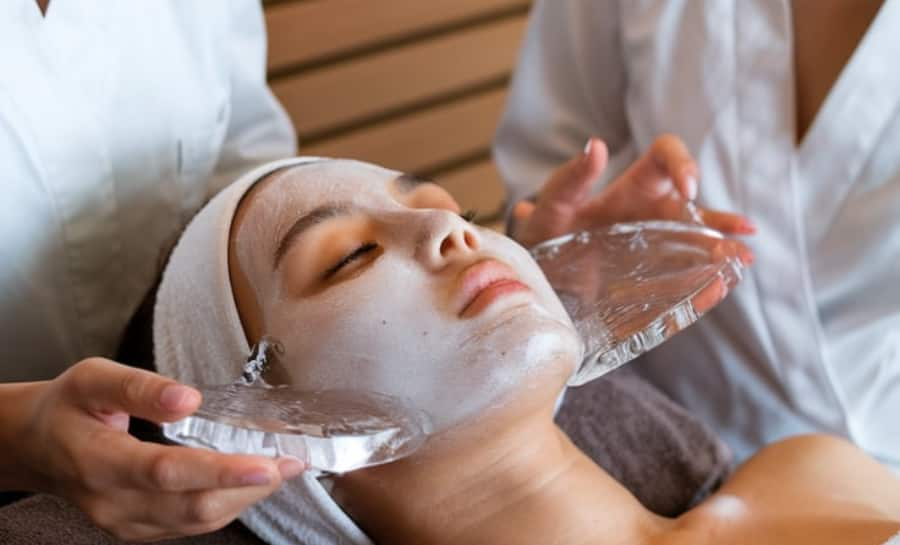
The coldness of the ice can cause skin to break, resulting in red marks and uneven skin tone. This damage can make your skin appear older and less healthy over time.
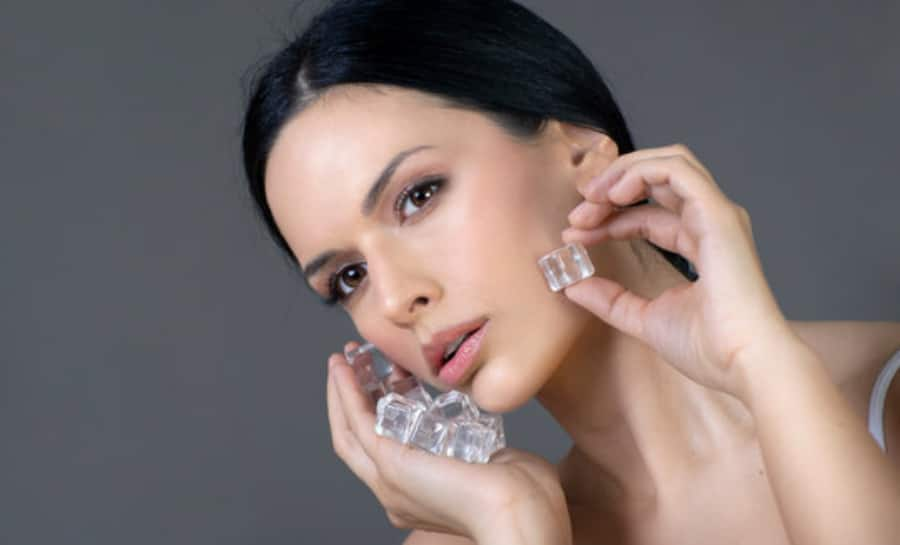
If you have existing skin problems such as irritation and sensitivity then rubbing ice might leave an impact on it.
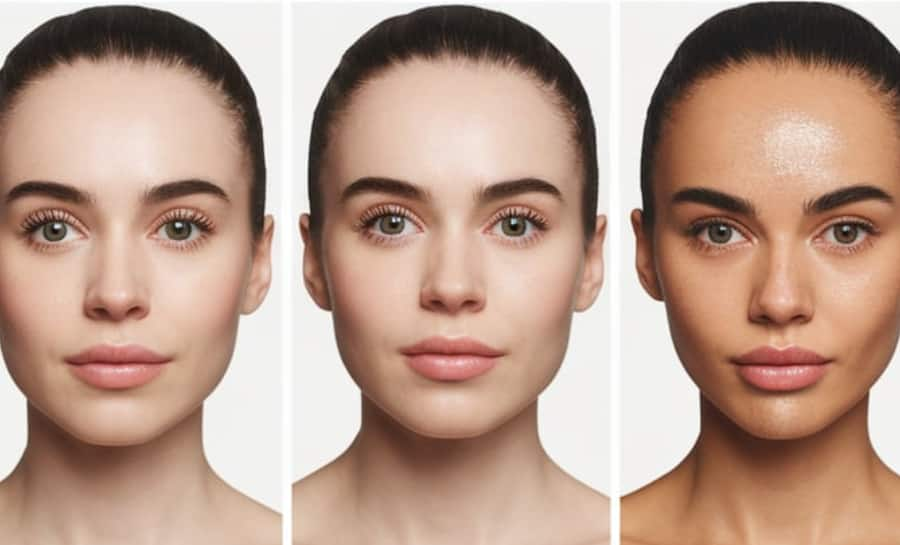
While using ice might provide a quick fix for puffiness, the results are usually temporary. Ice constricts blood vessels, reducing swelling temporarily, but this effect doesn’t last long.

Holding ice against your skin for too long can cause ice burns, leading to numbness and potential nerve damage.
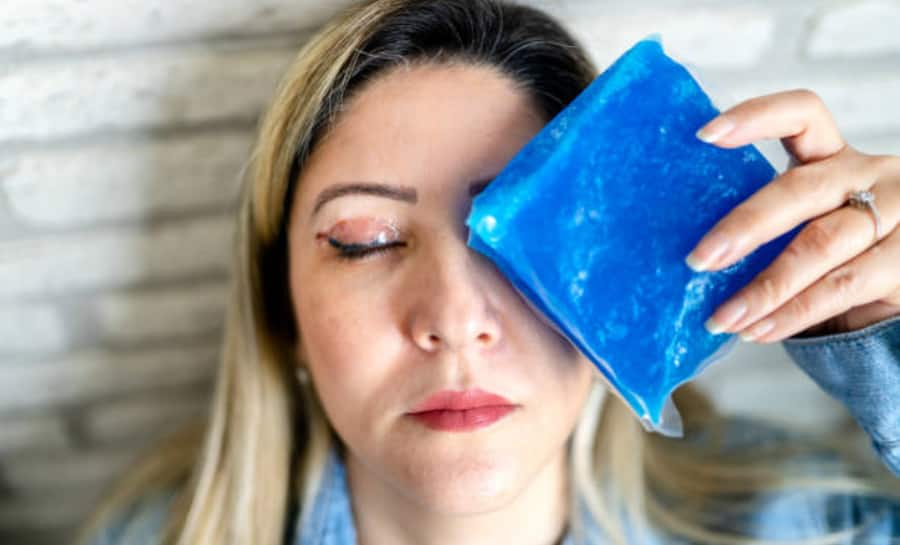
This inconsistency can lead to uneven cooling, which might cause some areas of the skin to overcool and others not to cool enough, resulting in an uneven appearance and potential skin damage.
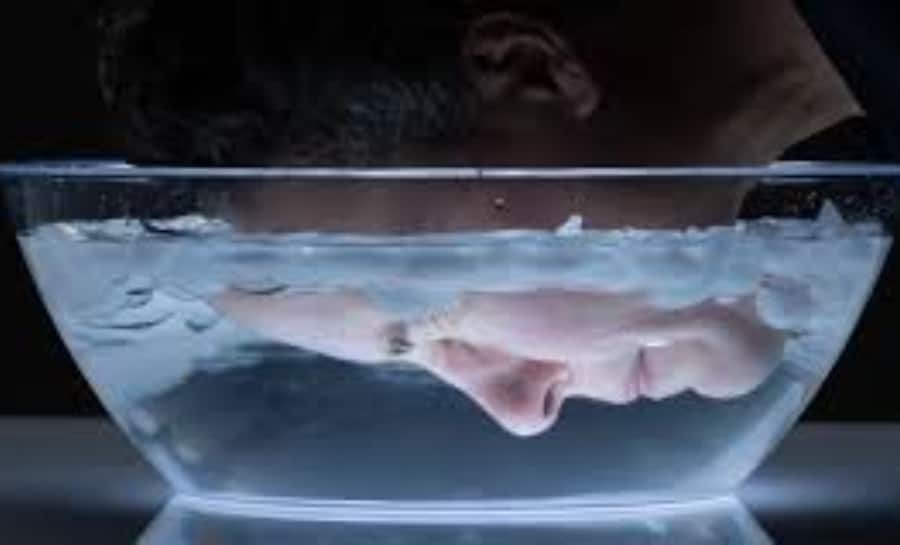
Ice might not be suitable for all skin types.Even if you have oily skin, ice can cause excessive dryness, leading your skin to produce even more oil as a defence mechanism.

